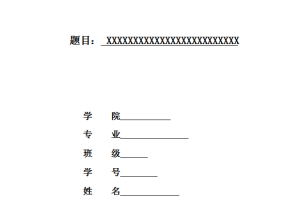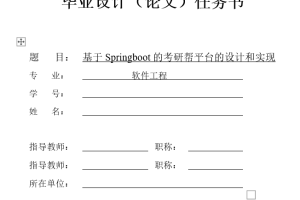摘 要
走迷宫机器人主要是基于自动导引小车(AGV——auto-guided vehicle)的原理,实现小车识别路线,判断并自动规避障碍,选择正确的行进路线。导引方式采用与地面颜色有较大差别的导引线,使用反射式光电传感器感知导引线,障碍判断采用机械式传感器。驱动电机采用直流电机,电机控制方式为单向PWM开环控制。控制核心采用单片机,控制系统与电路用光耦完全隔离以避免干扰。控制上采用分时复用技术,仅用一块单片机就实现了信号采集,路线判断,电机控制。该技术可以应用于无人工厂,仓库,服务机器人等领域
关键词:单向式 寻迹 直道区 弯道区
Abstract
Mazes robot is mainly based on autopilot car (AGV — guided vehicle) auto – the principle, route, and car recognition obstacle, automatic avoid choosing the correct route. Guided by the way with the color of the guide line have bigger difference, the use of reflecting photoelectric sensors’ guide line, obstacle by mechanical sensor judgment. Motor adopts dc motors, electrical control mode for one-way PWM control. The core MCU control circuit, control system and ran to avoid disturbance decoupling completely isolated. Based on control points, use only multiplexing technique can achieve a microcontroller, signal acquisition, motor control. This technology can be applied in unmanned factory, warehouse, service robot, etc
Keywords: one-way type curve tracing. Straight area
目录
第一章 概述·····························································3
第二章 小车的设计方案确定···············································6
2.1设计要求····························································6
2.2设计说明····························································6
2.3方案确定····························································6
第三章 小车的结构设计···················································7
3.1 小车的结构··························································7
3.2 小车运行的速度控制··················································7
3.3 小车行程运行方向控制················································9
3.4 各段控制算法·······················································10
第四章 小车的系统设计··················································15
4.1 系统设计···························································15
4.2小车功能控制的实现·················································15
4.4电机驱动电路·······················································18
4.5编程设计···························································20
结论···································································21
致谢
参考文献
附录



